In November 1953, during the height of the McCarthy era, Robin Hood and his band of “merry outlaws” made headlines. Mrs. Thomas J. White of the Indiana Textbook Commission called for a ban of Robin Hood in all school books for promoting communism because he stole from the rich to give to the poor. As a Republican member of the commission, Mrs. White (who is never referenced by her first name) defended her position by stating that “there is a Communist directive in education now to stress the story of Robin Hood. They want to stress it because he robbed the rich and gave it to the poor. That’s the Communist line. It’s just a smearing of law and order and anything that disrupts law and order is their meat.”
In response to Mrs. White’s attempts at censorship, as well as the larger McCarthy witch hunt it was part of, five students from Indiana University at Bloomington (IU) started the Green Feather Movement. The IU students — Bernard Bray, Mary Dawson, Edwin Napier, Blas Davila, and Jeanine Carter — went to a local poultry farm and collected six large burlap sacks filled with chicken feathers and took them to the basement of a nearby house where they dyed them green to represent the one worn by Robin Hood.
On March 1, 1954, the students spread them throughout campus to protest censorship. Their activism was quite radical when viewed within the political climate of the time, when IU freshmen and sophomore men were still required to participate in ROTC and, according to a January 1954 Gallup poll, 50 percent of the country supported McCarthyism. The students were allegedly investigated by the FBI and disparaged in the local newspaper.
The students at IU dyed chicken feathers green to represent the one worn by Robin Hood and spread them throughout campus in protest against censorship. Their motivation to act was not only fueled by the Red Scare, but also by their faith. It was within their local Baptist church that they discussed the burning social issues of the day and decided to push back.
The Green Feather Movement spread to campuses throughout the country, illustrating the power of student activism. Members of the Labor Youth League distributed small white pins picturing a green feather as a sign of solidarity.
Today, as students and teachers are faced with attempts to censor people’s history, we look to the Green Feather Movement as inspiration to support teaching outside the textbook.
Read more about the Green Feather Movement.

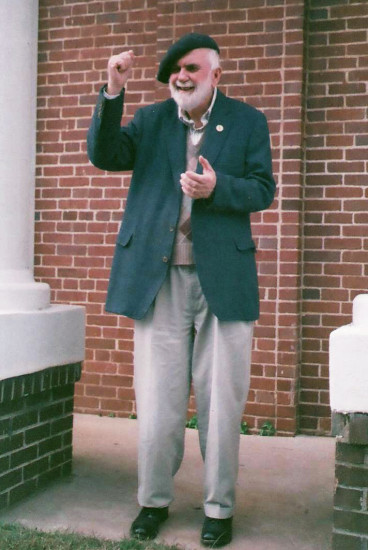
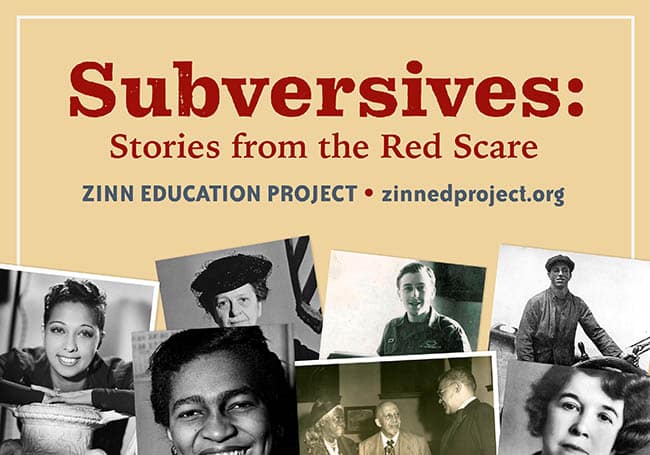

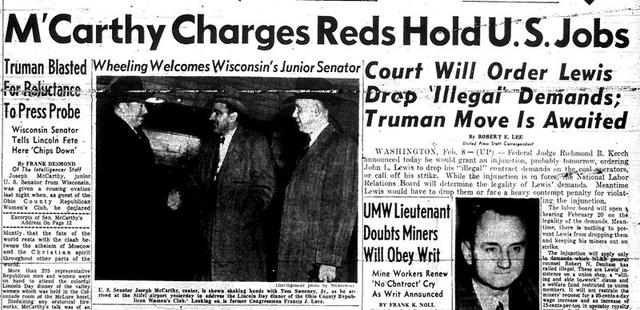

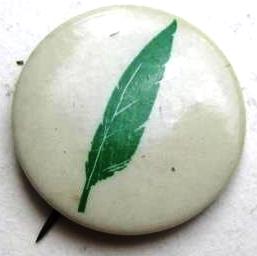
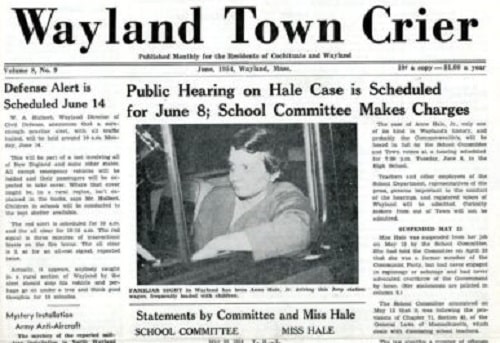
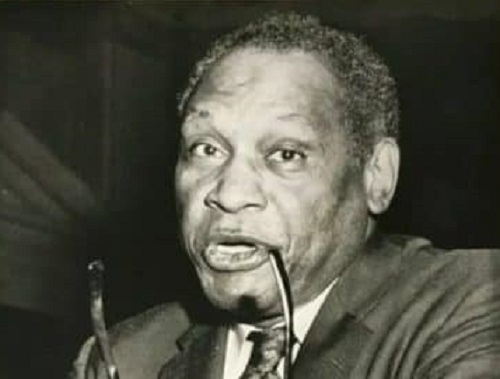
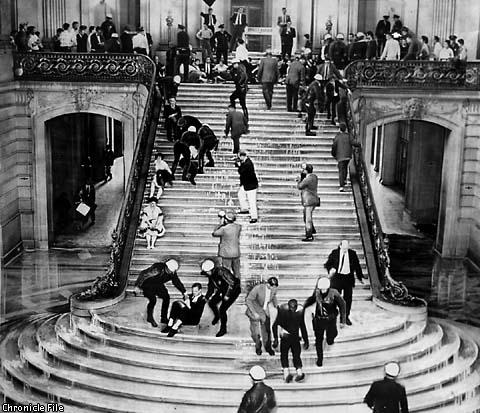






Twitter
Google plus
LinkedIn